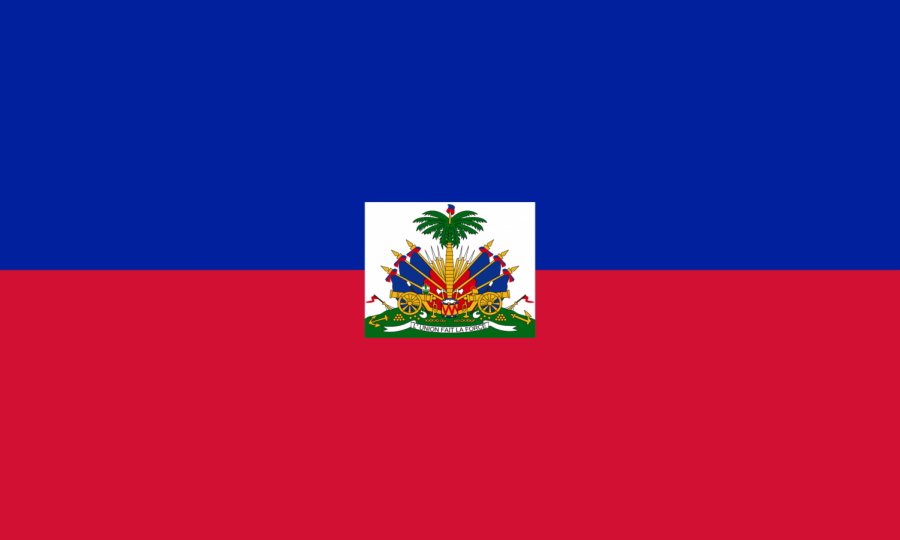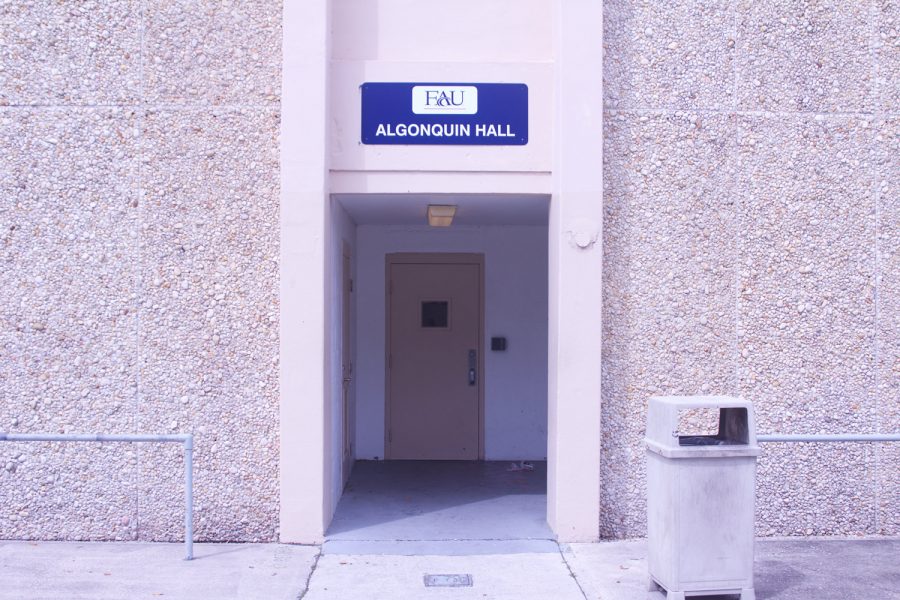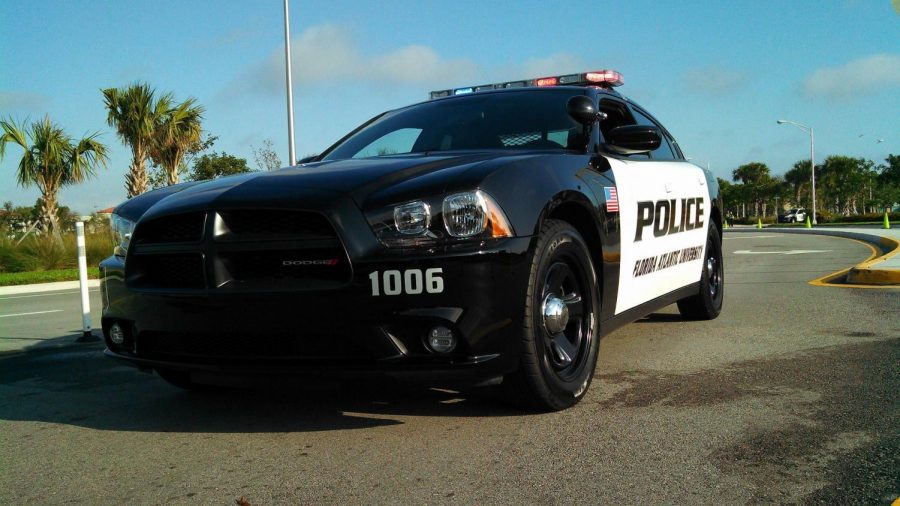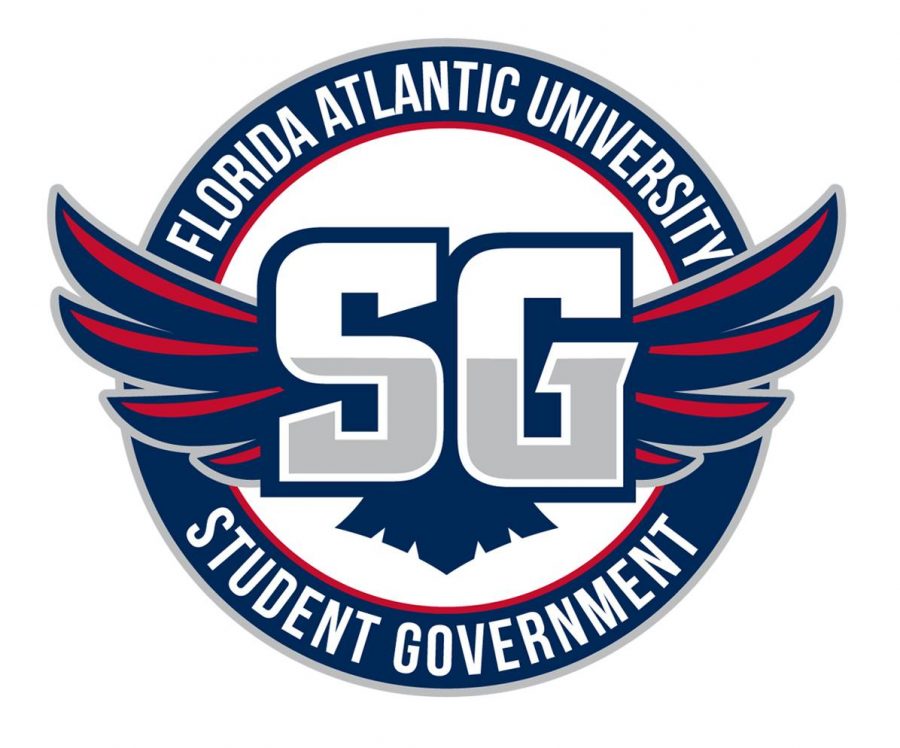SPORTS
Since June, FAU’s football team found its way onto two lists.
FAU bragged about being on one of them, proudly displaying a press release on the homepage of FAUsports.com and sending a campus-wide email: “Florida Atlantic University’s athletics department has been named by the Wall Street Journal as one of 17 universities to never have been sanctioned with a major violation,” the email read. “The publication examined 120 universities that were NCAA Football Bowl Subdivision (FBS) members.”
FAU never mentioned the second list it made.
It’s called the NCAA Academic Progress Rate Database, and CBS Sports used that database to rank the top 10 and bottom 10 college football coaches in the country for the academic success of their students. FAU and its football coach Howard Schnellenberger were ranked as the ¥åÅ fth-worst.
THE GOOD
On July 1, FAU boasted that it was one of 17 schools since 2003 to have never been charged with a major violation.
This was the good list.
“Major violations are ones that you do, generally, errors of commission, meaning you’ve done something that involves intentional violation [of the rules],” Athletic Director Craig Angelos told the UP.Just over the past few years, schools like the University of Southern California and Ohio State University have been sanctioned with major violations.
USC lost out on 20 scholarships and has a twoyear ban from postseason play stemming from a slew of allegations, including one about former player Reggie Bush. The 2005 Heisman Trophy winner was forced to give back his trophy after allegedly taking more than $290,000 in gifts while in school.
Ohio State had ¥åÅ players suspended for selling championship rings, jerseys and awards, as well as receiving free tattoos. Their head coach, Jim Tressel, resigned after it was learned he knew his players had received improper bene¥åÅ ts and had not reported it.
In the release, Angelos is credited with four cornerstones he has put in place to keep FAU out of trouble. One of the four is “academic excellence.” Ironic, because, the second list had so very little to do with “academic excellence.
THE BAD
According to the NCAA APR Database, FAU’s football program was one of 17 in the country to be penalized for a low APR score — for the ¥åÅ fth year in a row, no less.
The score conveys how well a student athlete is performing in the classroom. (See sidebar.)This was the bad list.
There was no big press release plastered all over its website, no public mention, no one credited for “academic excellence.”
If a university’s APR is below 925 it faces penalties from the NCAA. FAU scored a 920 this year, and lost three football scholarships because of it. In fact, since the NCAA began cutting scholarships for poor APRs in 2006, FAU has never surpassed the required 925, and has lost nine scholarships in that time.
“We put out tons of releases on sports teams every day,” said Angelos. “It’s typical that we wouldn’t put out, and most schools don’t put out, anything they’re not especially proud of.”
According to ESPN college football analyst Robert Smith, the athletic department’s showing just one side of its face, the good side, is something not uncommon. “I think all the schools are a little disingenuous,” Robert Smith, also a former NFL running back, said. “They all point to the best parts of their academic programs.”
Being on the wrong side of the APR scores allows the NCAA to take scholarships away from FAU and forces the school to recruit players it can receive without extending a scholarship to.
“Either FAU is recruiting players that are academically not prepared for college or they aren’t providing them with the proper assistance (tutors, study halls, etc.) to succeed,” said Brett McMurphy, the reporter on the CBS Sports study. “Either way, it ain’t good.”
With the NCAA taking away scholarships for low APR scores, some schools may be losing out on good talent.
Redshirt junior Demetrius Williamson said he received between 20 and 25 scholarship offers before taking FAU’s offer.
Without it, would he have come to Boca?
“Oh, no,” said Williamson. “De¥åÅ nitely not. I would have went somewhere that offered to pay for me to go to school for free.”
The loss of scholarships due to poor APR scores has forced FAU to ¥åÅ nd players it can sign without scholarships. In other words, not the elite level of talent available.
“There’s no excuse for that,” said Angelos. “It hurts us all, including football because they do lose scholarships. Now, they have 85 scholarships, but they are losing a couple scholarships every year, so you don’t ever want to see that.”
THE UGLY
To be great in college football, a team will always be in trouble — that’s the common thought, anyway.
“That would be the conventional wisdom, that you’re just bringing in kids that aren’t going to try very hard in school but are still going to go out and perform,” said ESPN college football analyst Robert Smith.
The UP crunched the numbers and found out that teams whose athletes score well in the classroom actually have a higher chance of scoring on the ¥åÅeld.
Last month, CBS Sports looked at the Academic Progress Rates (APRs) of various colleges from 2003 to 2009. An APR score indicates how well student athletes are doing in the classroom.
The teams of the top-10-APR-scored coaches went 240-150 (61-percent winning percentage) over the last three years. The teams of the bottom-10-APR-scored coaches went 125-240 (34-percent winning percentage in that span.
FAU’s Howard Schnellenberger resides on the bottom-10 list as the ¥åÅfth-worst-APR-scored coach in the country.
“If it was a priority for Schnellenberger to improve the APR then he would have done that,” said Brett McMurphy, the reporter behind the original CBS Sports study. “It’s not easy to improve an APR in one year, by any means, but below 925 every year since 2003 — that’s ¥å at-out bad.”
The teams in the top-10 list also made 26 out of a potential 30 postseason Bowl Games in the last three years. The teams in the bottom-10 list made just ¥åÅ ve Bowl Games out of a potential 30.
“I think it’s an interesting relationship,” said Smith. “You would think
the schools that struggled a little bit more academically might do better.”
The UP told Athletic Director Craig Angelos the records over the last three years of both the top 10 APR-rated coaches and the bottom 10 and asked if there was a connection between the scores and results on the ¥åÅeld.
“Well …” said Angelos before pausing for a few moments. “I thought that might be the case.”
(BELOW) ACADEMIC PROGRESS RATE (APR) IS A SCORE THAT SHOWS HOW WELL A TEAM’S ATHLETES DO IN CLASS.
BEST COACHES BY APR
COACH, SCHOOL, RATING
1. DABO SWINNEY, CLEMSON 988
2. PAT FITZGERALD, NORTHWESTERN 986
3. KEN NIUMATALOLO, NAVY 981
4. PAUL JOHNSON, GEORGIA TECH 980
4. GREG SCHIANO, RUTGERS 980
6. TROY CALHOUN, AIR FORCE 979
7. FRANK SPAZIANI, BOSTON COLLEGE 978
8. DAVID CUTCLIFFE, DUKE 976
9. CHRIS PETERSEN, BOISE STATE 975
10. RICK STOCKSTILL, MIDDLE TENN.
(BELOW ) THE TOP 10 AND BOTTOM 10 APR SCORED HEAD COACHES FROM 2003-2010
WORST COACHES BY APR
COACH, SCHOOL, RATING
1. CHARLIE STRONG, LOUISVILLE 869
2. ROB IANELLO, AKRON 900
3. LARRY PORTER, MEMPHIS 903
4. NEIL CALLAWAY, UAB 904
5. RON ENGLISH, EASTERN MICHIGAN 918
5. HOWARD SCHNELLENBERGER, FAU 918
5. JEFF QUINN, BUFFALO 918
8. PAUL RHOADS, IOWA STATE 919
9. TODD BERRY, LA.-MONROE 920
10. MIKE PRICE, UTEP 920







